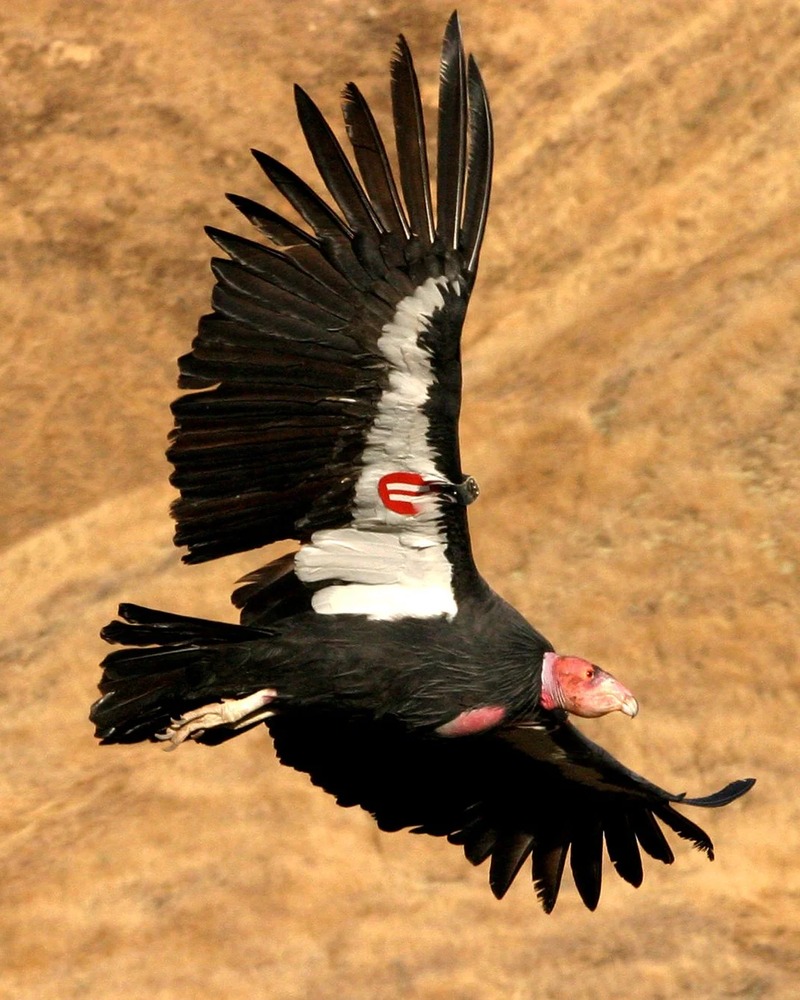Selected high points:
———————————————————————————————————————-
A mountain lion, bear and skunk are some of the latest victims of bird flu virus spreading around the world.
The highly pathogenic avian influenza (HPAI) known as H5N1 has scientists worried.
Since 2021, the virus has gone gangbusters and made its way to every continent except Australia and Antarctica.
“We know the virus is extremely widespread in the Northern Hemisphere and is now starting to move into South America, which it’s never done before,” said Ian Barr, deputy director of the World Health Organization (WHO) Collaborating Centre for Reference and Research on Influenza.
The situation has become so dire that countries in the European Union and the US Biden Administration are now considering testing avian vaccines.
———————————————————————————————————————-
H5N1 first appeared on the scene in 1996 but it only started to go global in 2003, according to Marcel Klaassen of Deakin University who has been monitoring avian influenza in wild birds over the past two decades.
Then in 2014 a new lineage appeared in Korea and before long, it jumped from Europe into North America.
————————————————————————————————————————-
The death toll is staggering.
Around half a billion poultry birds around the world — more than 58 million in the US alone in the past year — have died of H5N1 bird flu.
And it’s not just poultry.
As headlines about turkey shortages in the lead up to Thanksgiving rang out in the US last year, veterinarians in Spain detected the virus in a mink farm that killed nearly 52,000 animals.
—————————————————————————————————————————
“The number of wild birds recorded thus far is 100,000, but I think it’s grossly underestimated.
“It’s in the millions, rather than in the hundreds of thousands reported in the databases.”
Colonies of gannets have disappeared in Scotland, and at last count the disease has ripped through about 236 different wild bird species as diverse as bald eagles, vultures, pelicans and penguins.
——————————————————————————————————————————
The mink farm outbreak raised fears the virus had evolved to spread between mammals for the first time.
“If it is true, it’s concerning because we haven’t seen mammal-to-mammal transmission before,” Professor Barr said.
But, he said, it was still too early to tell if there had been mammal-to-mammal transmission, or if the minks, which were kept in open sheds, had come in contact with infected birds.
——————————————————————————————————————————-
“When this virus first broke nearly 20 years ago, it killed zoo animals like tigers when they were fed carcasses of birds that were infected,” Professor Barr said.
Since January 2021, there have been 186 outbreaks of H5N1 in mammals affecting 17 species including foxes, otters and seals, in addition to bears, mountain lions and skunks.
Despite the name “flu”, highly pathogenic strains of avian influenza cause more than a respiratory illness, often affecting the central nervous system and brain of mammals.
The concern is if H5N1 becomes prevalent in mammals, it could mutate and spread more widely to humans.
—————————————————————————————————————————
If H5N1 entered Australia, it would decimate poultry and wild birds just as it has overseas, and there are fears some species, such the Australian black swan, could be wiped out.
————————————————————————————————————————
Luckily, for now, Australia has a geographic advantage.
Avian influenza in Europe, Asia and North America is mainly spread by large species of waterfowl that don’t migrate to Australia.
But there is a small chance H5N1 could be brought to Australia by migrating shorebirds.
While a sick bird might struggle to find its way here from Siberia, the increasing amount of virus circulating in the Northern Hemisphere has upped the ante in the past 12 months.
————————————————————————————————————————
https://www.abc.net.au/news/science/2023-02-17/bird-flu-h5n1-global-pandemic-poultry-vaccination-wild-animals/101972756



